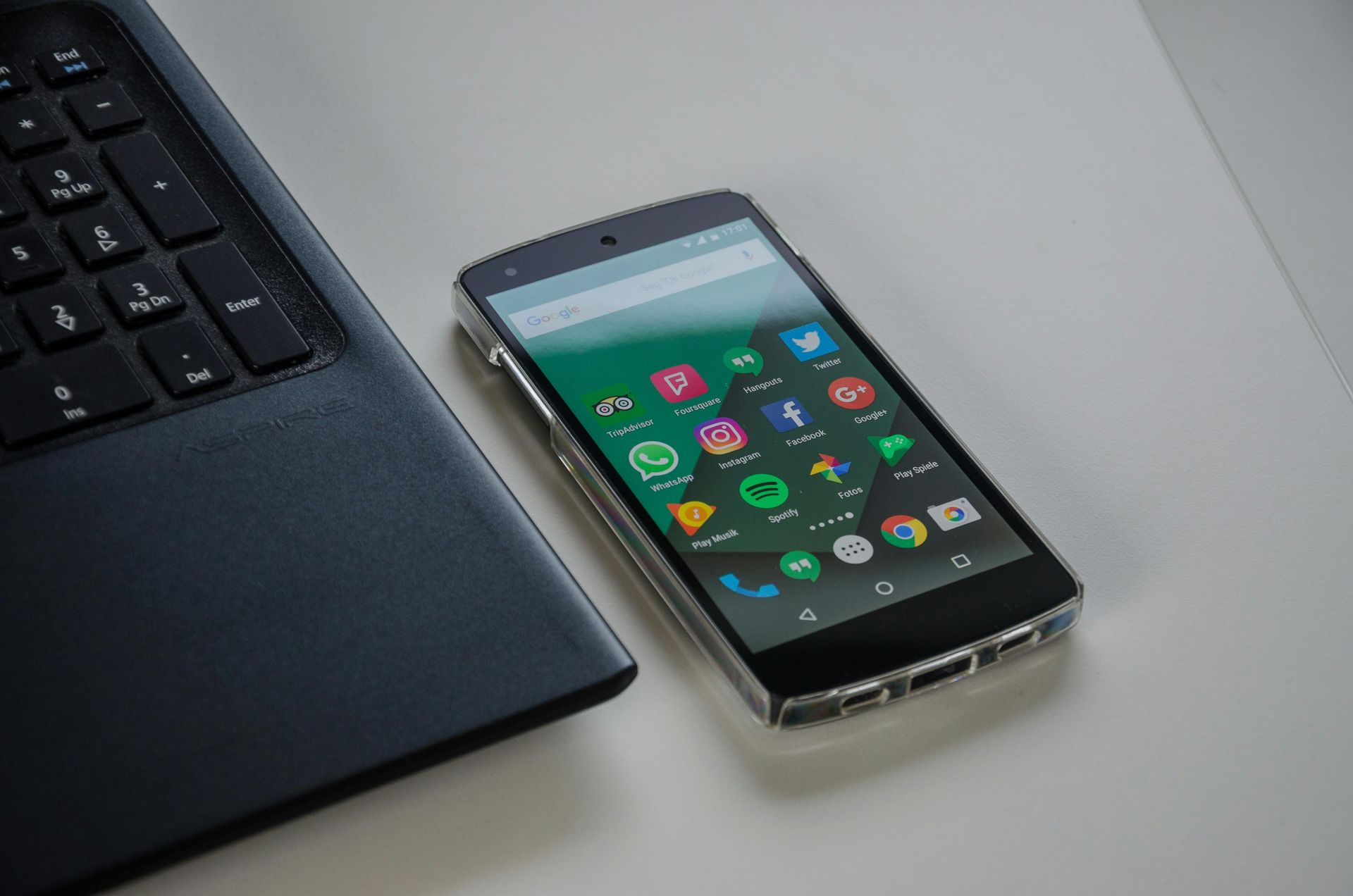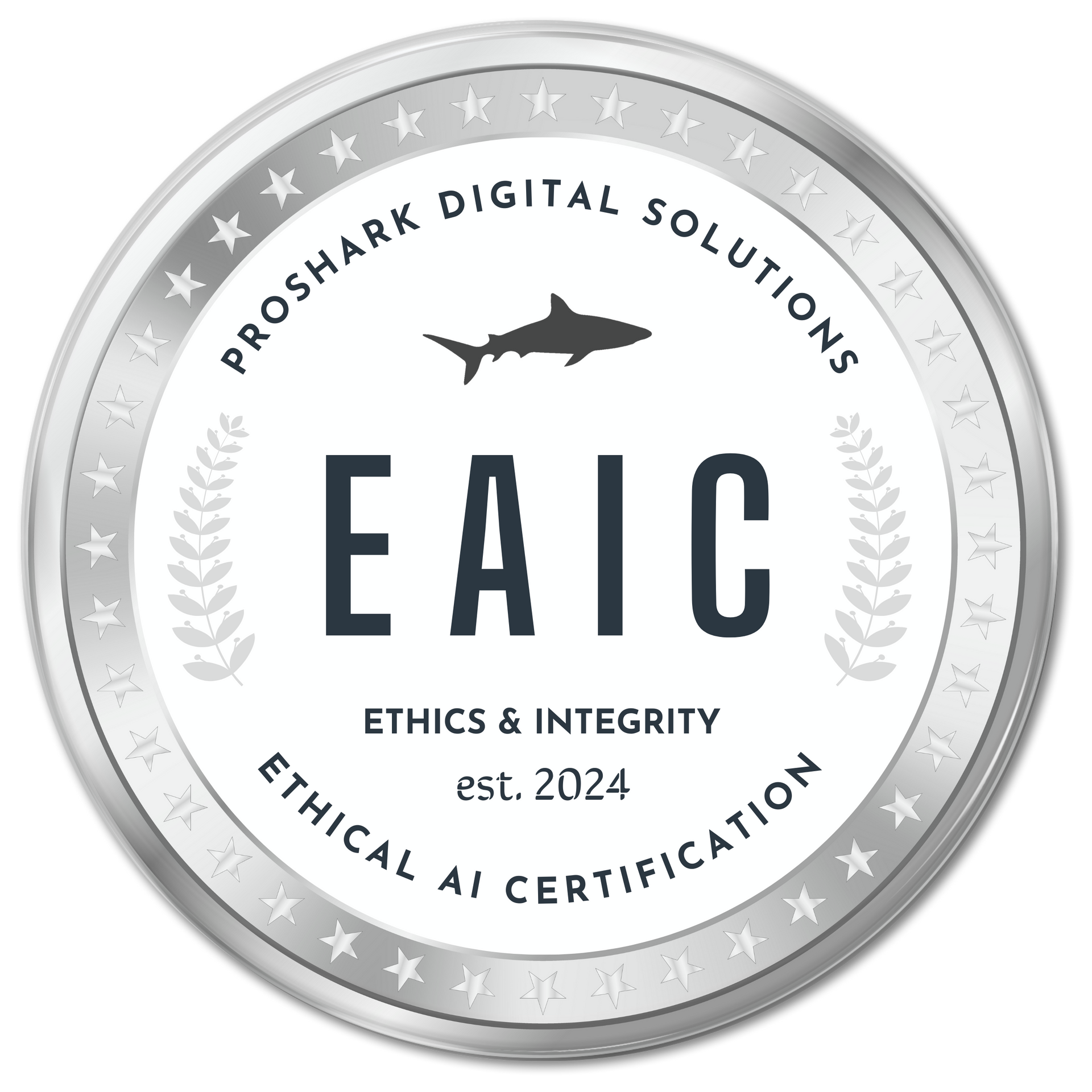Cold Email Outreach That Doesn’t Feel Like Ambush Marketing
How to Win Attention, Build Trust, and Start Conversations Without Triggering the Delete Button

Nobody likes being ambushed.
And in the digital world, that’s exactly how most cold emails feel — intrusive, impersonal, and immediately forgettable.
But cold outreach doesn’t have to be cold-hearted.
Done right,
cold emails can spark genuine conversations, open doors, and build relationships — even with people who’ve never heard of you before.
The difference? Empathy, relevance, and strategy.
In this guide, we’ll show you how to craft cold email outreach that feels like a thoughtful introduction, not a sales pitch. You’ll learn how to avoid the common traps of spammy messaging, write emails that get opened (and replied to), and build a cold email system rooted in value — not desperation.
Why Cold Email Still Works (If You Do It Right)
Some say cold outreach is dead. That’s only half true.
Bad cold emails are dead.
But
thoughtful, relevant, and respectful cold emails? Those still work — better than ever.
Here’s why:
- Email is still a direct, personal channel — untouched by social algorithms.
- The best decision-makers check their inboxes more carefully than their LinkedIn feed.
- With the right message at the right time, a cold email can lead to real business outcomes.
That said, attention is scarce. Your message needs to stand out — without sounding like a bot or a brochure.
The Real Problem: Why Cold Emails Get Ignored
You’ve probably deleted dozens of cold emails this week without a second thought. Here’s why most fail:
- Too generic: “Hi [First Name], I came across your website…”
- Overly pushy: Selling hard in the first sentence without context.
- Too long: Paragraphs of self-praise before getting to the point.
- Irrelevant: Offering a solution to a problem the recipient doesn’t have.
- No personality: Robotic tone, no human voice, zero rapport.
The core issue? These emails feel like ambush marketing — a digital cold call no one asked for.
What Makes a Cold Email Not Feel Cold?
Here’s the secret:
A good cold email doesn’t feel cold at all.
It feels like:
- A helpful recommendation from someone who gets your situation.
- A respectful nudge, not an intrusion.
- A possible opportunity, not a time-waster.
In other words, it feels like the start of a relationship, not the start of a transaction.
The Anatomy of a Cold Email That Gets Replies
Let’s break down the ideal structure of a cold outreach email that gets attention without triggering delete reflexes:
1. The Subject Line: Simple, Human, and Relevant
Avoid clickbait. Avoid sounding like spam. Your subject line should look like something a real person would send to a real person.
Good examples:
- Quick question about [their company name]
- Thought this might be helpful for your team
- Curious about your approach to [topic]
- Saw [recent event/post] — had an idea
Make it curiosity-driven, not salesy. Aim for under 50 characters and make it easy to read at a glance.
2. The Opening Line: Personal, Honest, and Specific
Start with something clearly tailored to the person — not a fake compliment or a vague “I saw your website.”
Examples:
- “Loved your recent blog post about [specific topic] — especially the point you made about [detail].”
- “Noticed your team is hiring SDRs — congrats on the growth.”
- “Saw your interview on [podcast name] and appreciated your take on [topic].”
Don’t pretend to know them. Just show that you’ve done 60 seconds of real research.
3. The Value Hook: Why This Message Matters to Them
Get to the point fast — what’s in this for them? The goal isn’t to pitch your product, but to start a conversation around a shared problem or goal.
Use one of these approaches:
- Problem-Aware: “I help B2B teams reduce bounce rates on demo pages — figured that might be top of mind for you given [relevant observation].”
- Insight-Led: “We ran a recent test with [industry peer] and saw 20% faster onboarding — thought you might be exploring similar improvements.”
- Opportunity-Oriented: “Had an idea on how you might streamline [process] — happy to share if helpful.”
Keep it benefit-focused, not feature-focused.
4. The Soft CTA: Clear, Easy, and Optional
Don’t ask for 30 minutes right away. You haven’t earned that. Ask for interest, not commitment.
Example CTAs:
- “Would it make sense to send over a quick Loom to show what I mean?”
- “Open to a short conversation sometime next week?”
- “If now’s not the right time, feel free to ignore — no hard feelings!”
The less pressure they feel, the more likely they are to respond.
5. The Signature: Clean and Credible
Skip the logos, quotes, and long titles. A clean signature with your name, role, and company (maybe one link to your site or LinkedIn) is enough.
Bonus points if your domain isn’t sketchy and your email doesn’t scream automation.
Examples of Cold Emails That Don’t Feel Like Ambushes
Let’s see it in action:
Example 1: Cold Email to a SaaS Founder
Subject: Small idea re: your onboarding flow
Hi [Name],
I came across your product on Product Hunt and gave it a try — love the clean UI.
Noticed one small thing during sign-up that might be hurting conversion (nothing major, but fixable). I help SaaS teams optimize onboarding, and thought it might be useful to share a few thoughts.
No pitch — just happy to send over a quick Loom if you’re curious.
Best,
[Your Name]
Example 2: Cold Email to a Marketing Manager
Subject: Quick thought on your latest campaign
Hi [Name],
Saw your recent Instagram campaign — really clever way of highlighting customer stories. Curious if you’re planning to repurpose any of that into short-form video?
I work with a few brands in [industry] doing exactly that — and figured you might find some of the data interesting. Happy to pass it over if helpful.
Totally fine if now’s not the time.
Warmly,
[Your Name]
Why These Work:
- They’re personalized, not creepy.
- They offer value, not just an ask.
- They sound like a real person wrote them.
- There’s zero pressure — just an open door.
Tools to Help You Scale Without Losing the Human Touch
You can send cold emails at scale without becoming spammy — if you use the right tools and workflows:
Email Outreach Platforms
- Instantly, Smartlead, or Lemlist — great for cold email automation with personalization fields.
- Hunter, Apollo, or Clearbit — for finding verified business emails ethically.
Personalization at Scale
- Use custom fields like [First Name], [Company], [Recent Event] based on real data.
- Pre-build 3–5 modular email variations by industry, role, or pain point — not one-size-fits-all.
Deliverability Tips
- Warm up your sending domain before launching campaigns.
- Avoid spam trigger words (“guarantee,” “cheap,” “urgent,” etc.)
- Use plain text formatting. Fancy HTML gets flagged.
Follow-Up Strategy: Gentle Persistence, Not Pressure
80% of cold email replies come after the first email. So don’t stop after one try.
Follow-up tips:
- Send 2–3 follow-ups spaced a few days apart.
- Keep them short. Add value. Vary your angle.
- Never guilt trip or push too hard.
Example:
“Hey [Name], just wanted to float this one more time in case it got buried. Happy to pass along the idea I mentioned if useful. If not, totally fine — appreciate you reading!”
Cold Email Ethics: How to Stay Respectful
Not every cold email campaign is ethical or well-intentioned. Here’s how to keep your outreach clean and compliant:
- Be transparent: Don’t pretend you’re not selling something. Just don’t lead with the sale.
- Be relevant: If your offer isn’t useful to someone’s role or industry, don’t send it.
- Honor opt-outs: Always include a clear way to unsubscribe or say “not interested.”
- Don’t fake personalization: Mentioning “great work on your website” without specifics is worse than saying nothing at all.
Final Thoughts: Cold Emails That Warm People Up
You’re not sending cold emails to impress. You’re sending them to connect.
So treat cold outreach like starting a conversation at a networking event. You wouldn’t shove a brochure in someone’s hand the second they turn around. You’d say hello, mention something you noticed, and see if there’s common ground.
The same mindset works with email.
When you focus on relevance over reach, helpfulness over hype, and humanness over hard sell, your cold emails don’t feel like ambushes.
They feel like opportunities.
And more often than not, they lead to real replies — and real results.







